John Macarthur - Ambitious, volatile, self-confident
At the centre of the early colony’s political and economic life was John Macarthur. Ambitious, volatile and supremely self-confident, Macarthur arrived in the colony in 1790, a young lieutenant in the newly formed NSW Corps. With his wife, Elizabeth, and son Edward, he had barely survived the journey on the famously brutal Second Fleet due to illness, but not so their second child, an unnamed daughter born and buried at sea.
John, the son of a Plymouth textile merchant, and Elizabeth, the daughter of modest Devon farmers, initially viewed the colony as a short-term ticket to wealth. Instead it became their permanent home. At the time of his death 44 years later, Macarthur was among its wealthiest landowners, owning over 24,000 acres (9500 hectares) of land with stock valued at £30,000. In 1793 Macarthur received his first grant of land, near present-day Parramatta, and named it Elizabeth Farm after his wife. By the end of the year a farmhouse was built – a simple brick and shingle-roofed cottage of a style the family had known in southern England. In coming years, following a series of alterations and extensions, their homestead would be hailed as an iconic example of colonial domestic architecture. The late 1820s in particular saw the greatest activity, with the addition of elegant formal rooms, French doors, and the lowering of floors to provide extra ceiling height. Outside, deep verandahs with delicate latticework were built.
At the same time, his attention shifted between his land at Pyrmont in Sydney and even bolder plans at Camden, south-west of Sydney. Employing a succession of architects and builders, and consulting a variety of pattern books, he considered designs for villas and grand houses, starting construction on some before abandoning them as his psychological state wavered and his attention went elsewhere. Macarthur’s ‘steam engine power’, as Elizabeth described his bursts of manic energy, inspired these schemes, but was symptomatic of his deteriorating mental state.
While the name John Macarthur will always be associated with the Australian wool industry, it was his conflict with a series of colonial governors that would determine the path of his and his family’s lives. A duel with his commanding officer, William Paterson, led to his first return to England, in 1801. But far from being court-martialled, he returned to the colony in 1805 triumphant, bearing a grant for a colossal 5000 acres (2025 hectares) – the land that would become Camden Park. Only a few years later, in January 1808, the immovable object of his implacable nature collided with the proverbial force of the new governor, William Bligh. Macarthur’s pivotal role in the military overthrow of Bligh led to his second return to England, this time for eight years.
While Macarthur’s public life was tumultuous, his private life was every bit as eventful. Fiercely devoted to his wife and family, he could be ruthless if crossed. Family friend Robert Scott described him as a ‘man of the most violent passions, his friendship strong and his hatred invincible’. Governor Darling commented, ‘[he] is a man of strong passions, and observes no medium in anything. He is equally ardent in his desire to serve as he is to injure’. He was, unfortunately, also plagued by depression, which at times left him unable to leave his bed, and eventually cost him both his sanity and his liberty. In early 1833 John was confined to the family’s property at Camden Park, where, separated from Elizabeth and away from public gossip, he died in April 1834.
After John’s death Elizabeth Farm was inherited by his eldest son, Edward, while younger sons James and William inherited Camden Park and the new mansion that was finally completed there. Ignoring family concerns, Elizabeth remained at her beloved Elizabeth Farm until her death in 1850, aged 83. She was buried with John at Camden in the family mausoleum.
Related
Browse all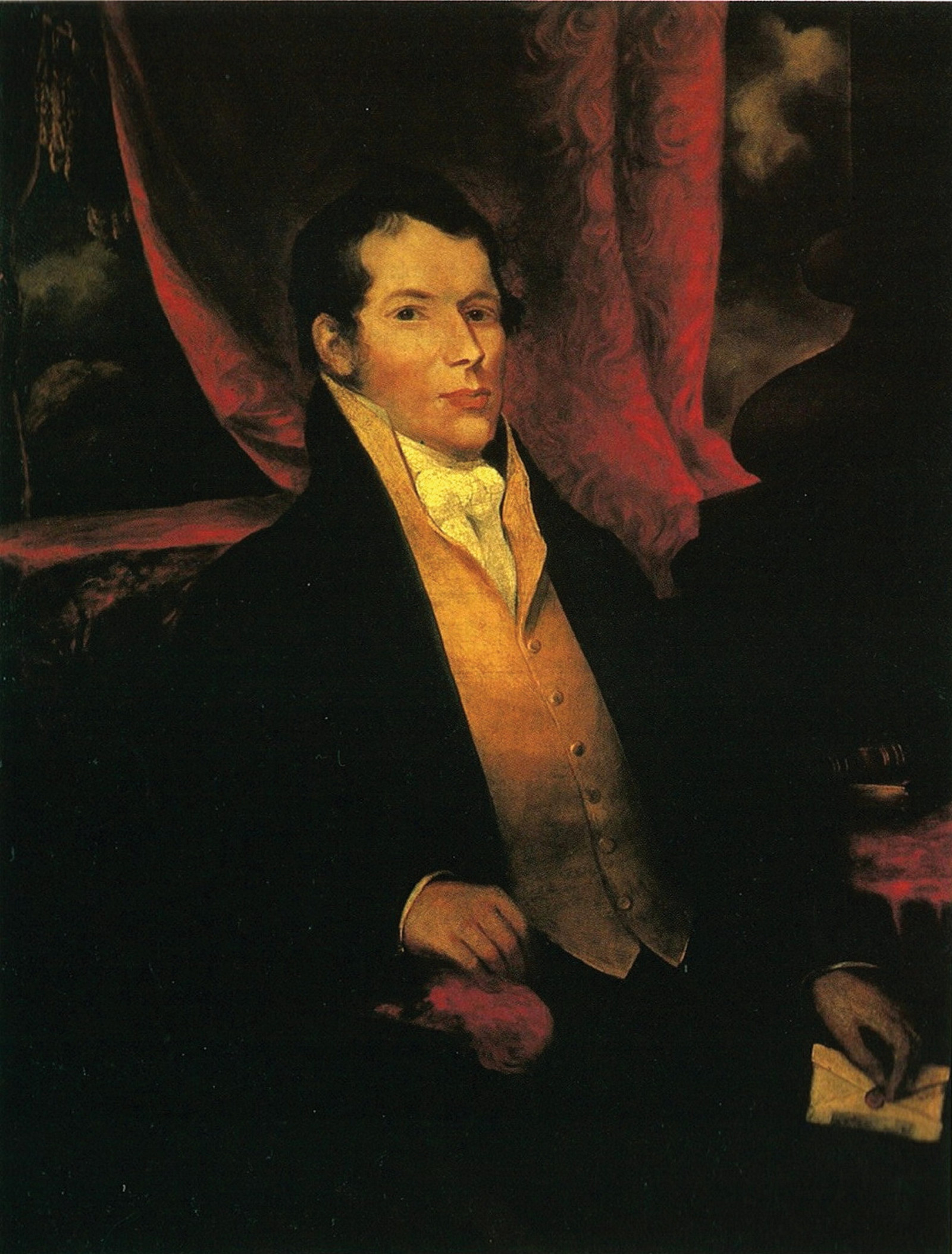
Remembering John Macarthur
September 2017 marks the 250th anniversary of the birth of John Macarthur: wool pioneer, politician, rebel, businessman, family man, and builder of Elizabeth Farm
Published on
Convict Sydney
Browse all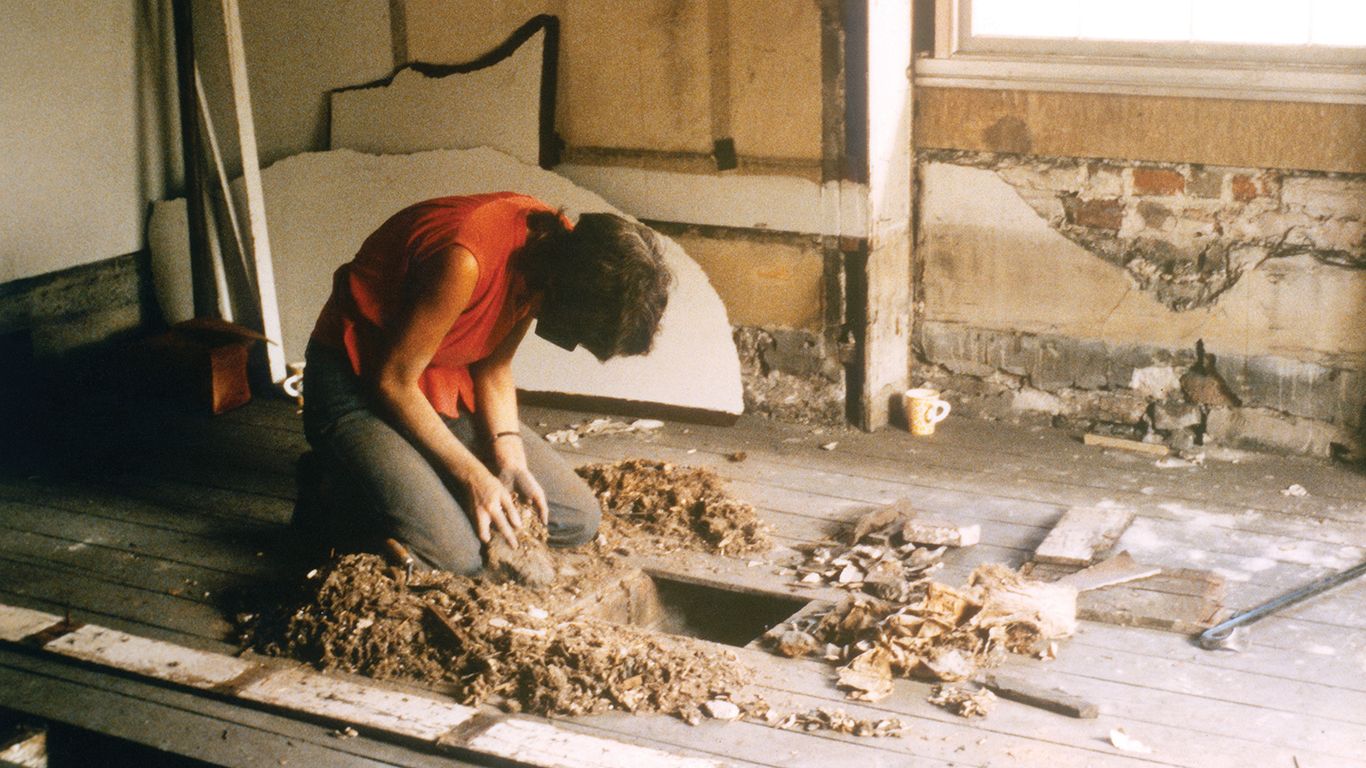
Hyde Park Barracks: a keeper of lost things
Uncover and explore some of the items found inside the barracks
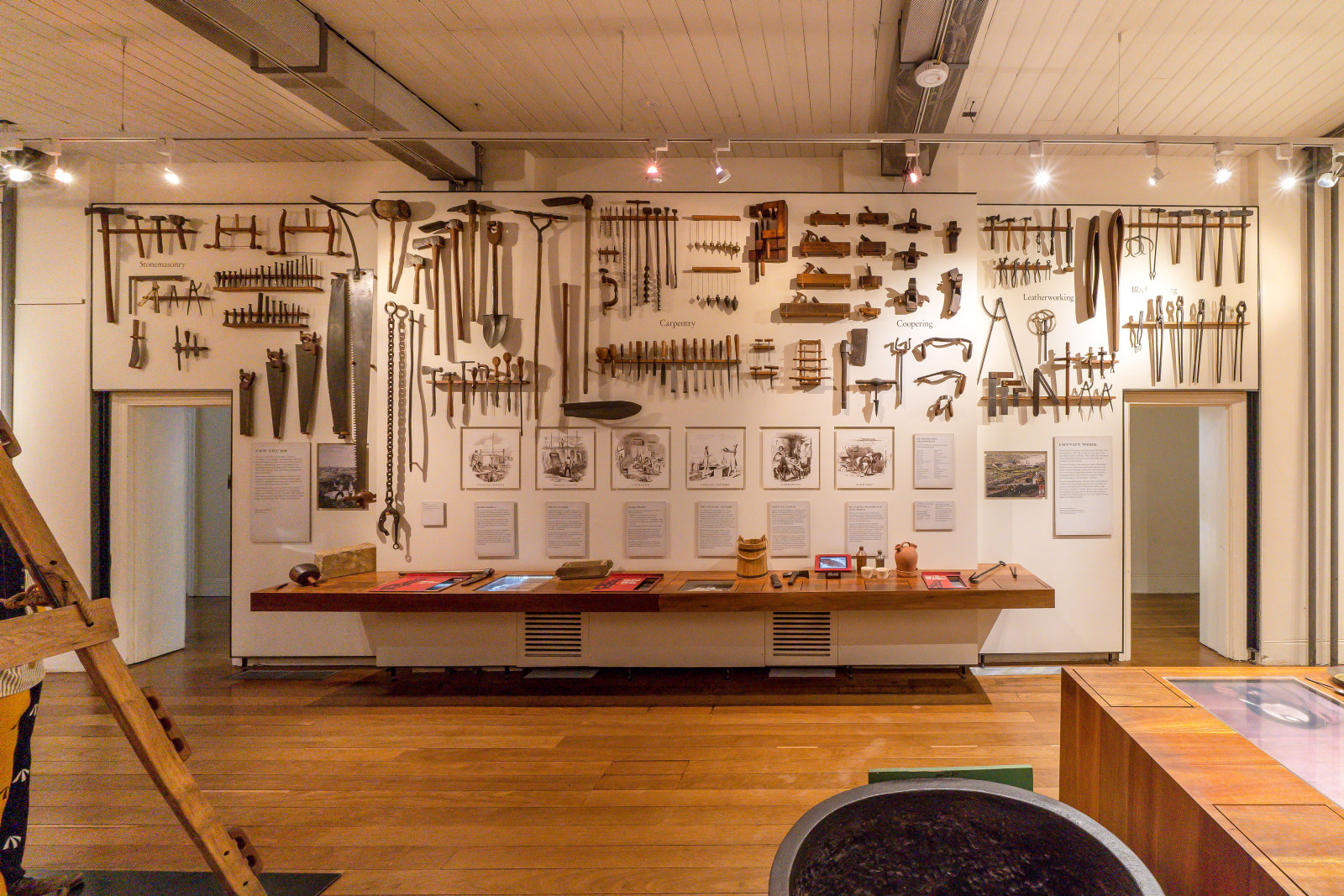
Convict Sydney
Objects
These convict-era objects and archaeological artefacts found at Hyde Park Barracks and The Mint (Rum Hospital) are among the rarest and most personal artefacts to have survived from Australia’s early convict period
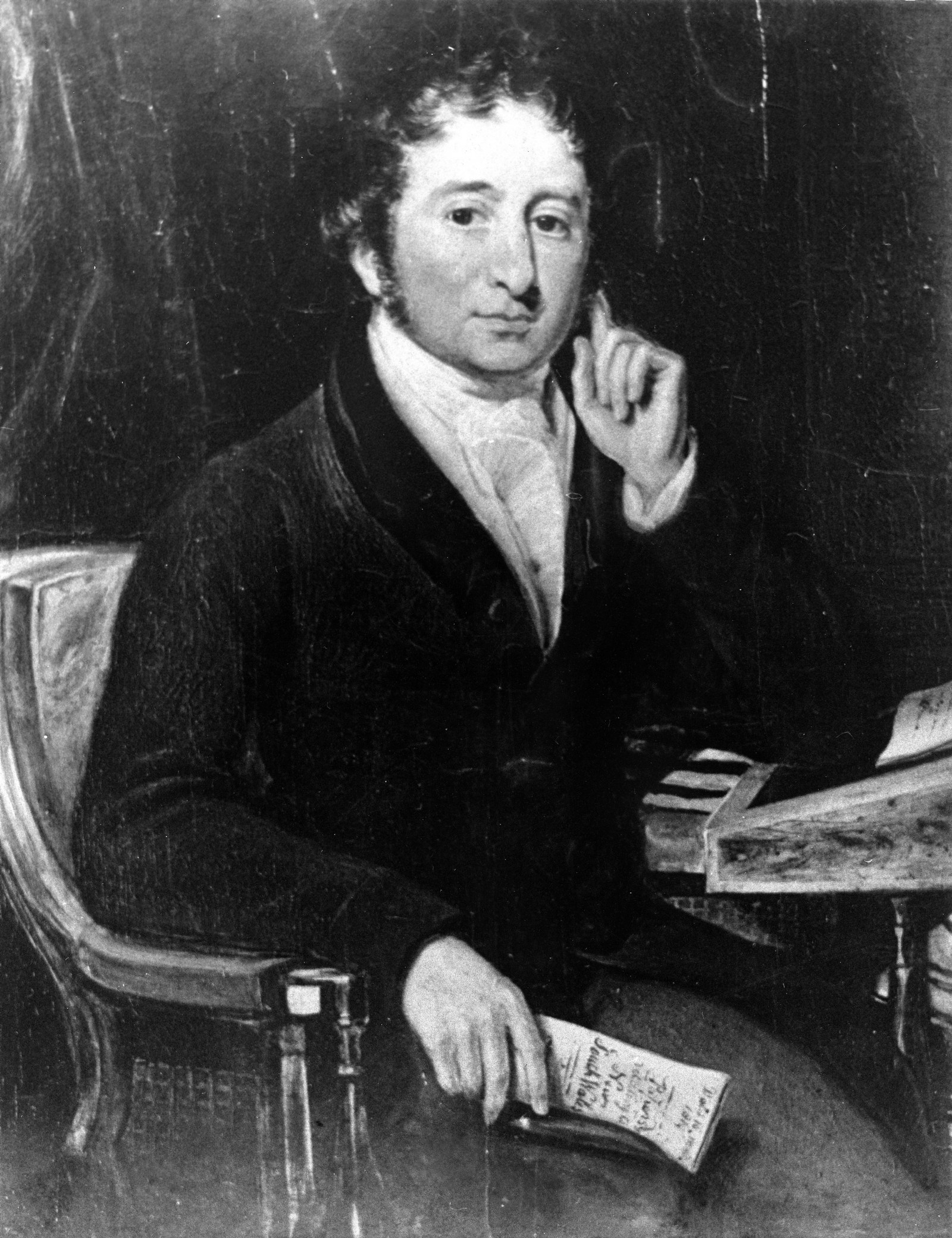
Convict Sydney
Bigge inquiry
The Bigge Inquiry (1819–23) made recommendations to reshape the colony and make transportation ‘a fate to dread’
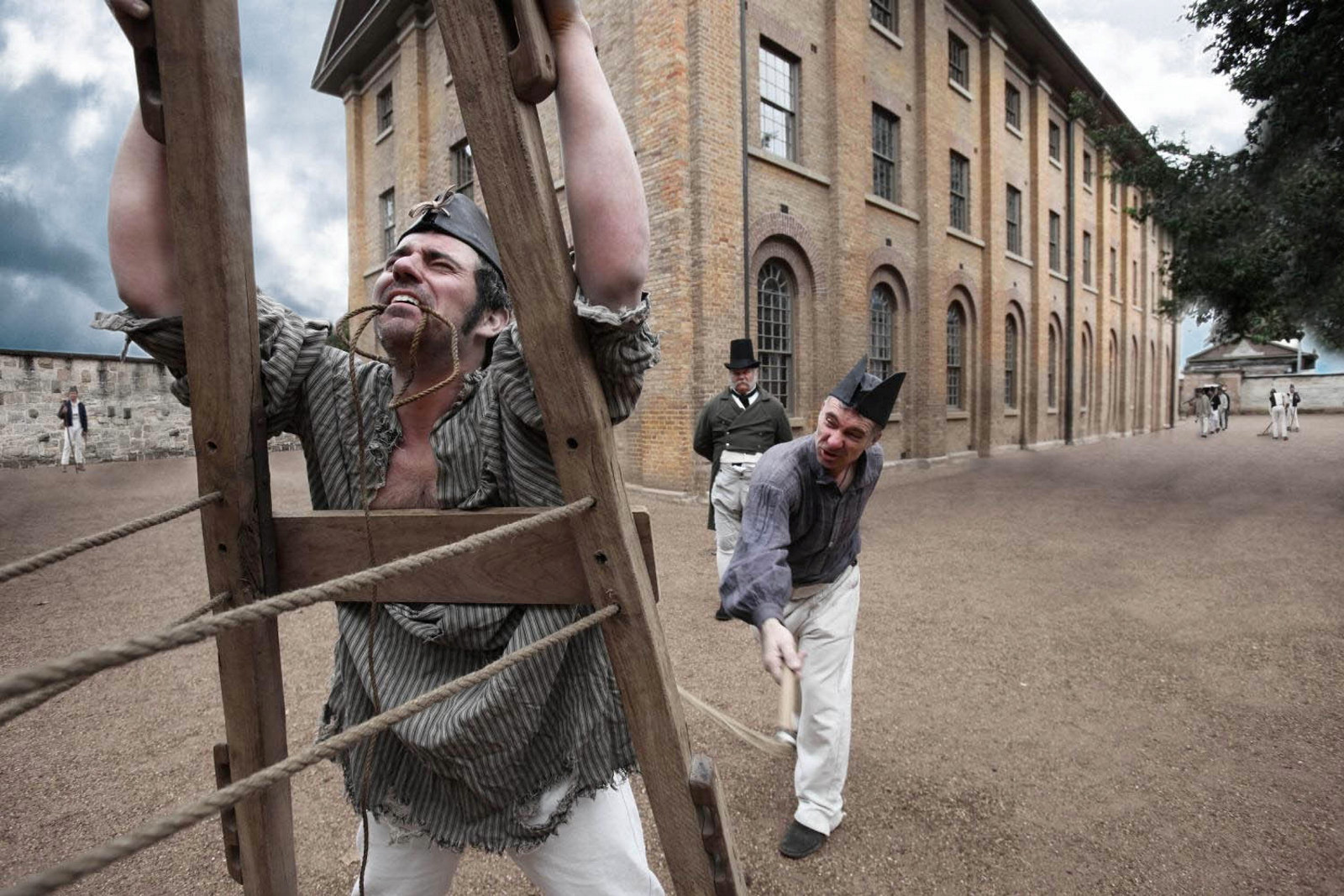
Convict Sydney
1844 - Day in the life of a convict
Fraying at the edges, these were the Barracks’ darkest days with only the worst convicts remaining